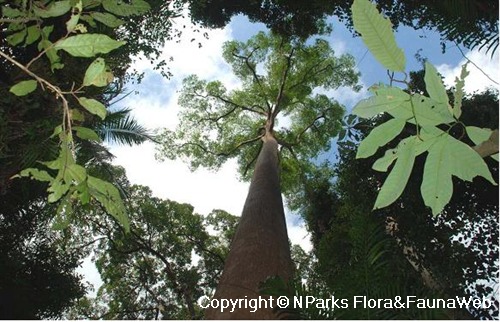
Back
Lophopetalum pallidum M.A.Lawson
| Family Name: | Celastraceae |
| Synonyms: | Lophopetalum curtisii King |
| Common Name: | Kerueh, Kelempait |
Lophopetalum pallidum or Kerueh is a large-sized tree native to Singapore. Growing to a height of 53 m tall, it produces ash-coloured, elliptic to broadly elliptic leaves which are papery to slightly leathery. The flowers are borne in clusters, petals are yellow, angular, fleshy with a red, dish-shaped disk at the center, The fruit is a woody, spindle-shaped capsule that splits into 3 parts when ripe, releasing flat, winged seeds dispersed by wind.
Name
Classifications and Characteristics
| Plant Division | Angiosperms (Flowering Seed Plants) (Dicotyledon) |
|---|---|
| Plant Growth Form | Tree (Big (>30m)) |
| Lifespan (in Singapore) | Perennial |
| Mode of Nutrition | Autotrophic |
| Maximum Height | 58 m |
| Tree or Palm – Trunk Diameter | 3 |
Biogeography
| Native Distribution | Singapore, Peninsular Malaysia, Borneo and Sumatra |
|---|---|
| Native Habitat | Terrestrial (Primary Rainforest) |
| Preferred Climate Zone | Tropical |
| Local Conservation Status | Native to Singapore (Critically Endangered (CR)) |
Description and Ethnobotany
| Growth Form | It is a large-sized tree that can grow up to 53 m tall. Tall steep buttresses may be present. |
|---|---|
| Foliage | Leaves are papery to slightly leathery, elliptic to broadly elliptic, sometimes egg-shaped to broadly egg-shaped, ash-coloured above, measuring 7 - 12 cm long by 3.5 - 5.5 cm wide. |
| Flowers | Flowers are borne on an inflorescence, up to 7 cm long. The flower have yellow, angular, fleshy, petals with smooth to irregular margins and a red dish-shaped disk at the center. Stamens and pistils emerge from disk measuring 3 - 4 mm wide. |
| Fruit | The fruit is a woody, spindle-shaped capsule, 3-lobed measuring to 15.5 cm long. Upon maturity, it splits to release flat, oblong, winged seeds measuring to 9 cm long and 2.25 cm wide. |
| Habitat | Occurs in dryland primary rainforest, on hillsides and lowland up to 200 m in altitude. <1,2> |
| Etymology | Lophopetalum, the genus epithet, is derived from the Greek "lopho", meaning "tufted, crested, bristled or maned", and petalum, meaning "petalled". The species epithet, pallidum, means "greenish, somewhat pale". |
| Ethnobotanical Uses | Cultural / Religious: The bark is used by the indigenous people in Peninsular Malaysia to make dart poison. |
Landscaping Features
| Landscape Uses | Reforestation |
|---|
Fauna, Pollination and Dispersal
| Seed or Spore Dispersal | Abiotic (Explosive Dehiscence) |
|---|
Plant Care and Propagation
| Light Preference | Full Sun |
|---|---|
| Water Preference | Moderate Water |
| Plant Growth Rate | Moderate to Slow |
| Rootzone Tolerance | Well-Drained Soils, Fertile Loamy Soils |
| Propagation Method | Seed |
Foliar
| Foliage Retention | Evergreen |
|---|---|
| Mature Foliage Colour(s) | Green |
| Foliar Type | Simple / Unifoliate |
| Foliar Arrangement Along Stem | Opposite |
| Foliar Attachment to Stem | Petiolate |
| Foliar Shape(s) | Non-Palm Foliage (Elliptical, Oblong, Ovate) |
| Foliar Venation | Reticulate |
| Foliar Margin | Entire |
| Foliar Apex - Tip | Acuminate, Acute |
| Foliar Base | Rounded / Obtuse, Cuneate |
Non - Foliar and Storage
| Stem Type & Modification | Woody |
|---|---|
| Root Type | Underground |
Floral (Angiosperm)
| Flower & Plant Sexuality | Bisexual Flowers , Bisexual Flowers |
| Flower Colour(s) | Yellow / Golden, Red |
|---|
| Flower Grouping | Cluster / Inflorescence |
| Flower Location | Axillary |
| Flower Symmetry | Radial |
| Inflorescence Type | Panicle |
| Flowering Habit | Polycarpic |
Fruit, Seed and Spore
| Mature Fruit Colour(s) | Brown, Black |
|---|---|
| Fruit Classification | Simple Fruit |
| Fruit Type | Dehiscent Dry Fruit , Capsule |
References
| References | <1> Hou, D. 1962. Lophopetalum. In: Hou, D. (ed.) Celastraceae, Flora Malesiana, ser. 1, vol. 6, pt. 2, pp. 268-269. Leiden: Rjksherbarium. <2> Kochummen, K.M. & Whitemore, T.C. (1972). Celastraceae. Tree Flora of Malaya, vol. 1, pp. 168-169. Kuala Lumpur: Forest Department, Ministry of Agriculture and Lands Malaysia. |
|---|
Image Repository
Others
| Master ID | 29713 |
|---|---|
| Species ID | 4022 |
| Flora Disclaimer | The information in this website has been compiled from reliable sources, such as reference works on medicinal plants. It is not a substitute for medical advice or treatment and NParks does not purport to provide any medical advice. Readers should always consult his/her physician before using or consuming a plant for medicinal purposes. |

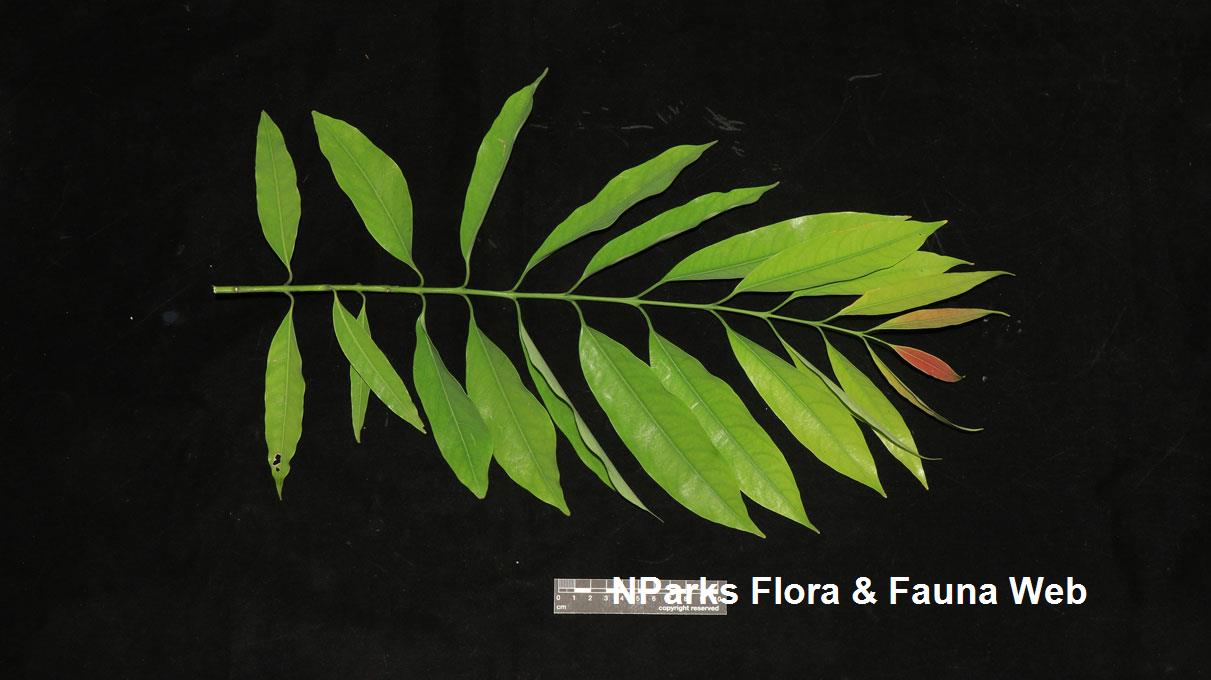
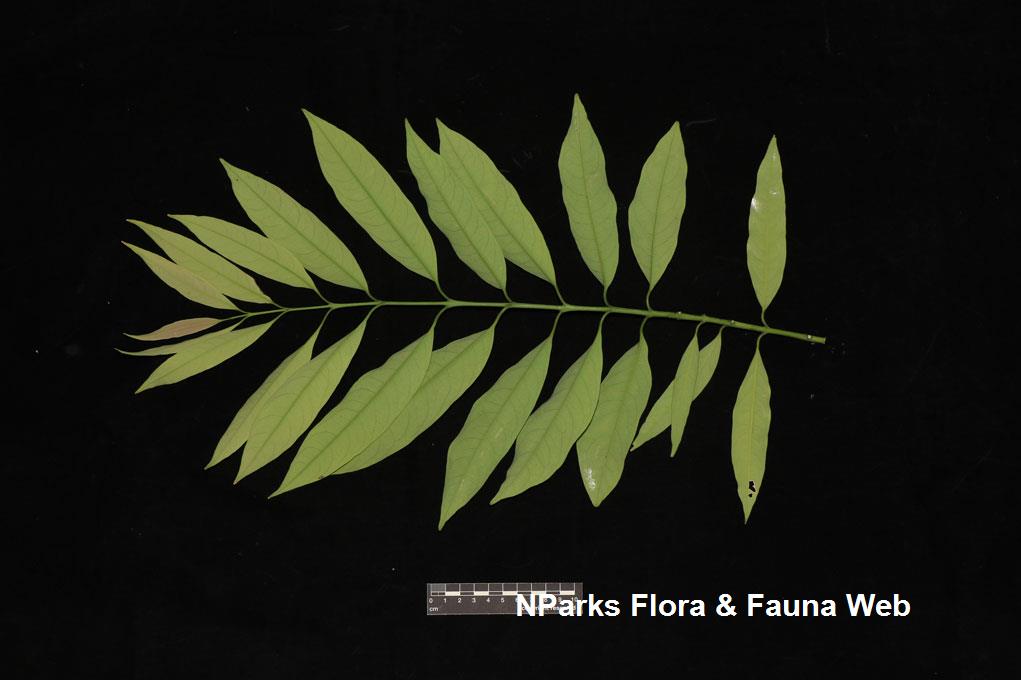
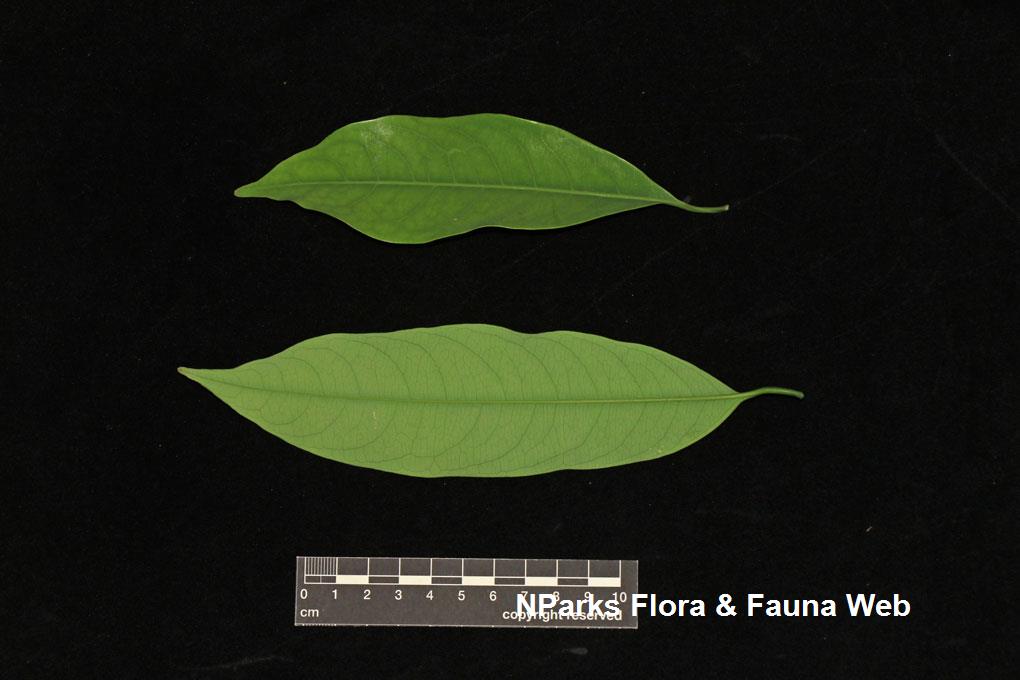
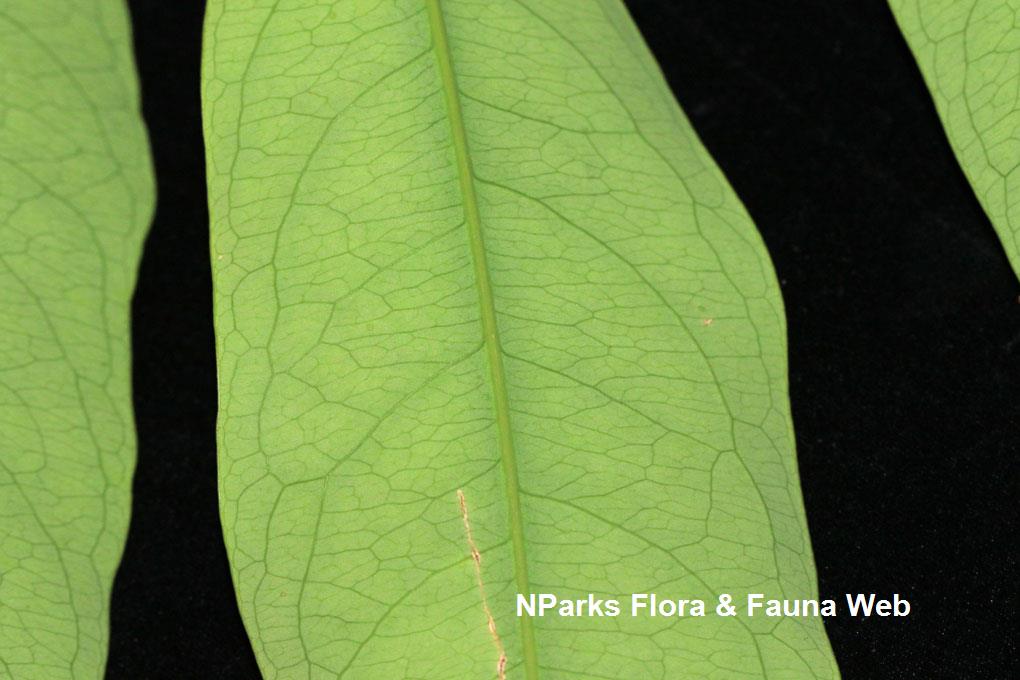
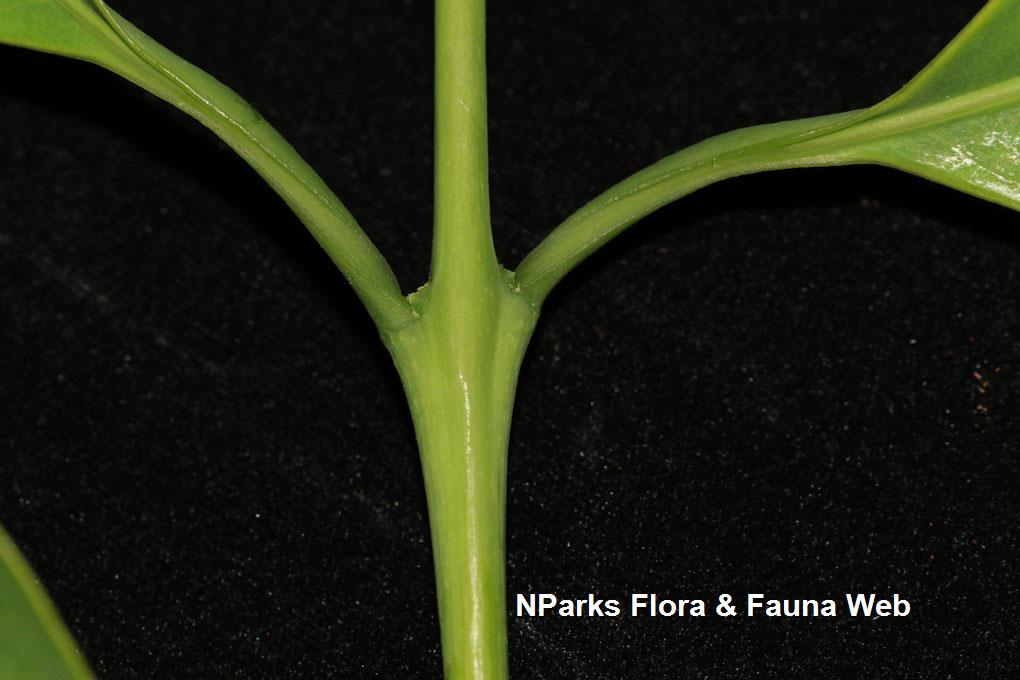
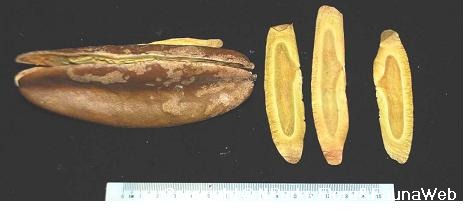
.jpg)